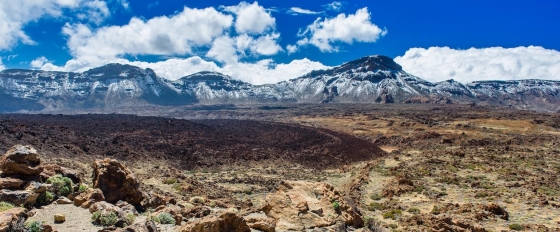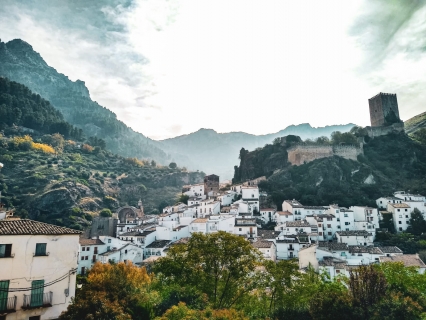Llagunes Weather and Climate: A Comprehensive Guide
The climate in Llagunes is marked by big temperature swings throughout the year.
Temperatures range from warm during the warmest months
to cold in the cooler months.
It maintains moderate precipitation patterns.
Now, let’s break down all the climate details for a clearer picture.
Average maximum day and minimum night temperature
In Llagunes, temperatures differ significantly between summer and winter months. Typically, average maximum daytime temperatures range from a comfortable 24°C in July to a chilly 5°C in the coolest month, January.
Nights are cooler, with lows often dropping to around -4°C during the colder months. Check out our detailed temperature page for more information.Temperature ranges by month
Precipitation and rainy days
On average, Llagunes receives a reasonable amount of rain/snowfall, with an annual precipitation of 924 mm. Llagunes offers a pleasant mix of wetter and slightly drier months. The difference in precipitation between May (107 mm) and February (52 mm) is not too significant, making the climate enjoyable for visitors and residents alike.The mean monthly precipitation over the year, including rain, hail and snow
broken clouds and chance of slight rain broken clouds and snow overcast and slight snowForecast for Llagunes
The best time of year to visit Llagunes in Spain
During the months of June, July and August you are most likely to experience good weather with pleasant average temperatures that fall between 20°C and 26°C.Other facts from our historical weather data:
July has an average maximum temperature of 24°C and is the warmest month of the year.
The coldest month is January with an average maximum temperature of 5°C.
May tops the wettest month list with 107 mm of rainfall.
February is the driest month with 52 mm of precipitation.
No idea where to travel to this year? We have a tool that recommends destinations based on your ideal conditions. Find out where to go with our weather planner.




